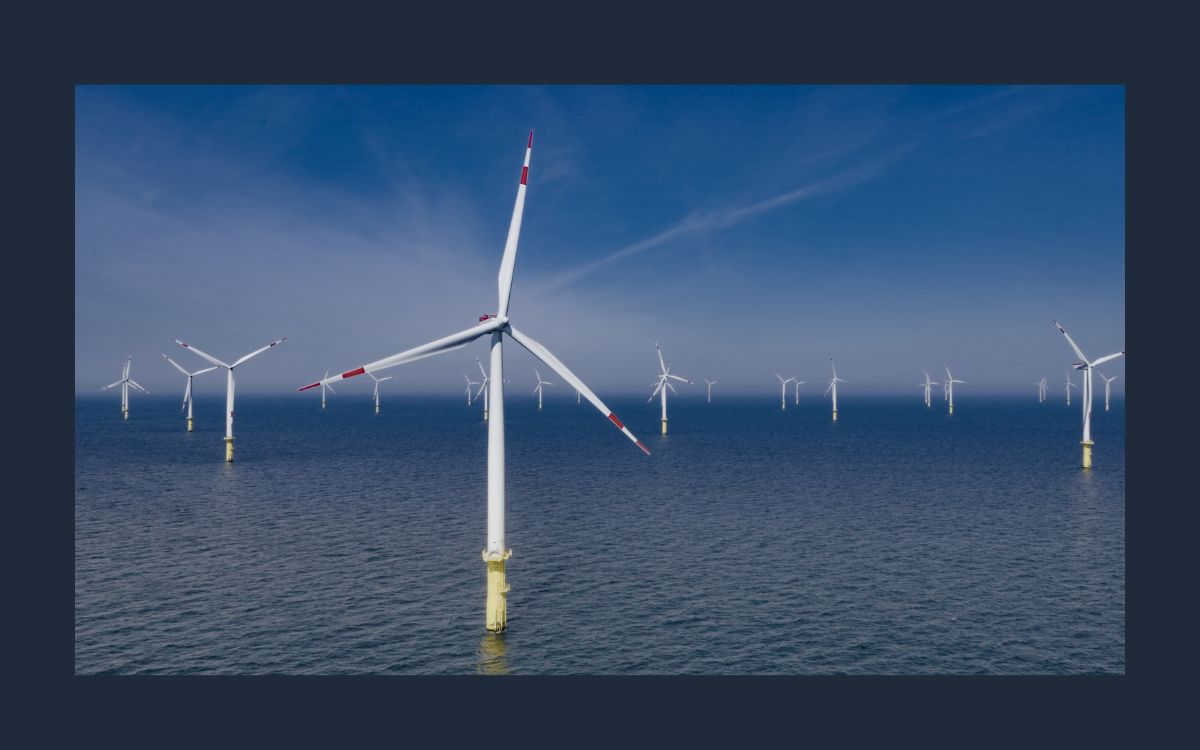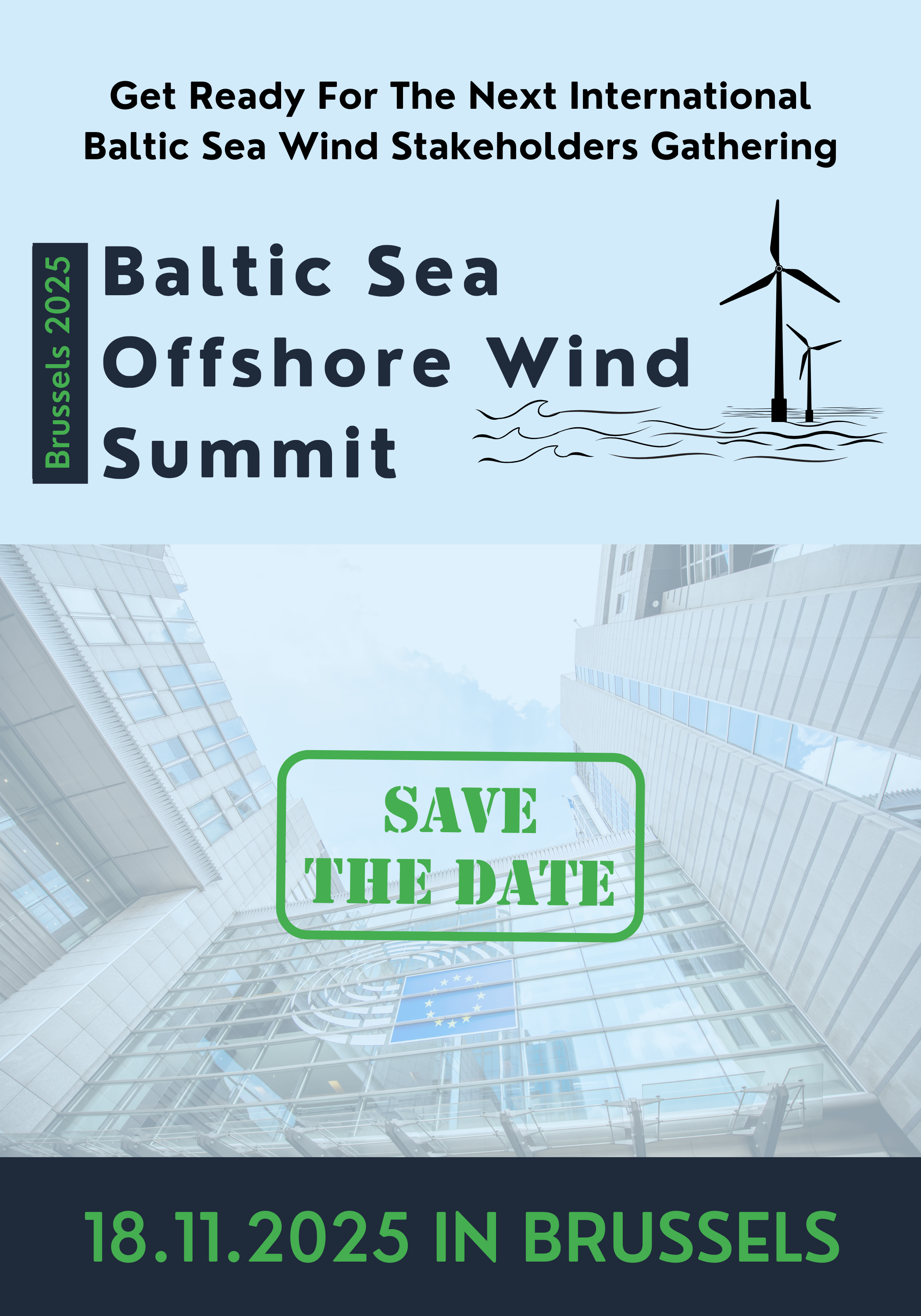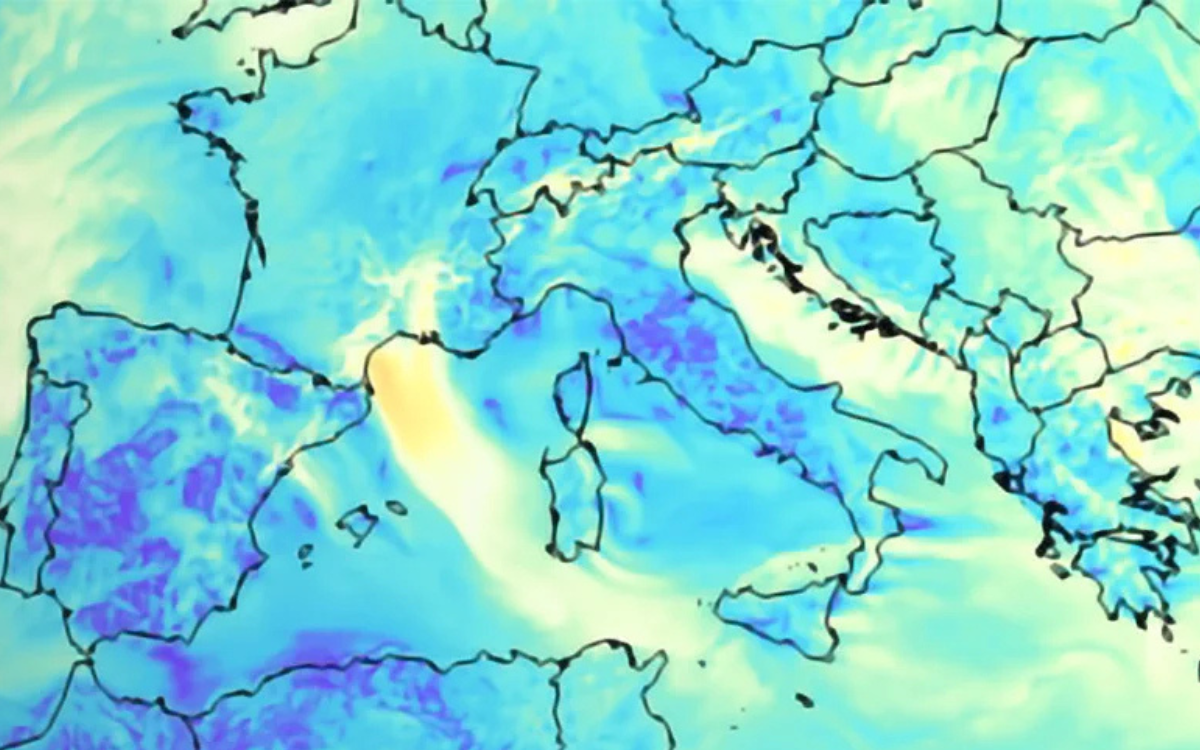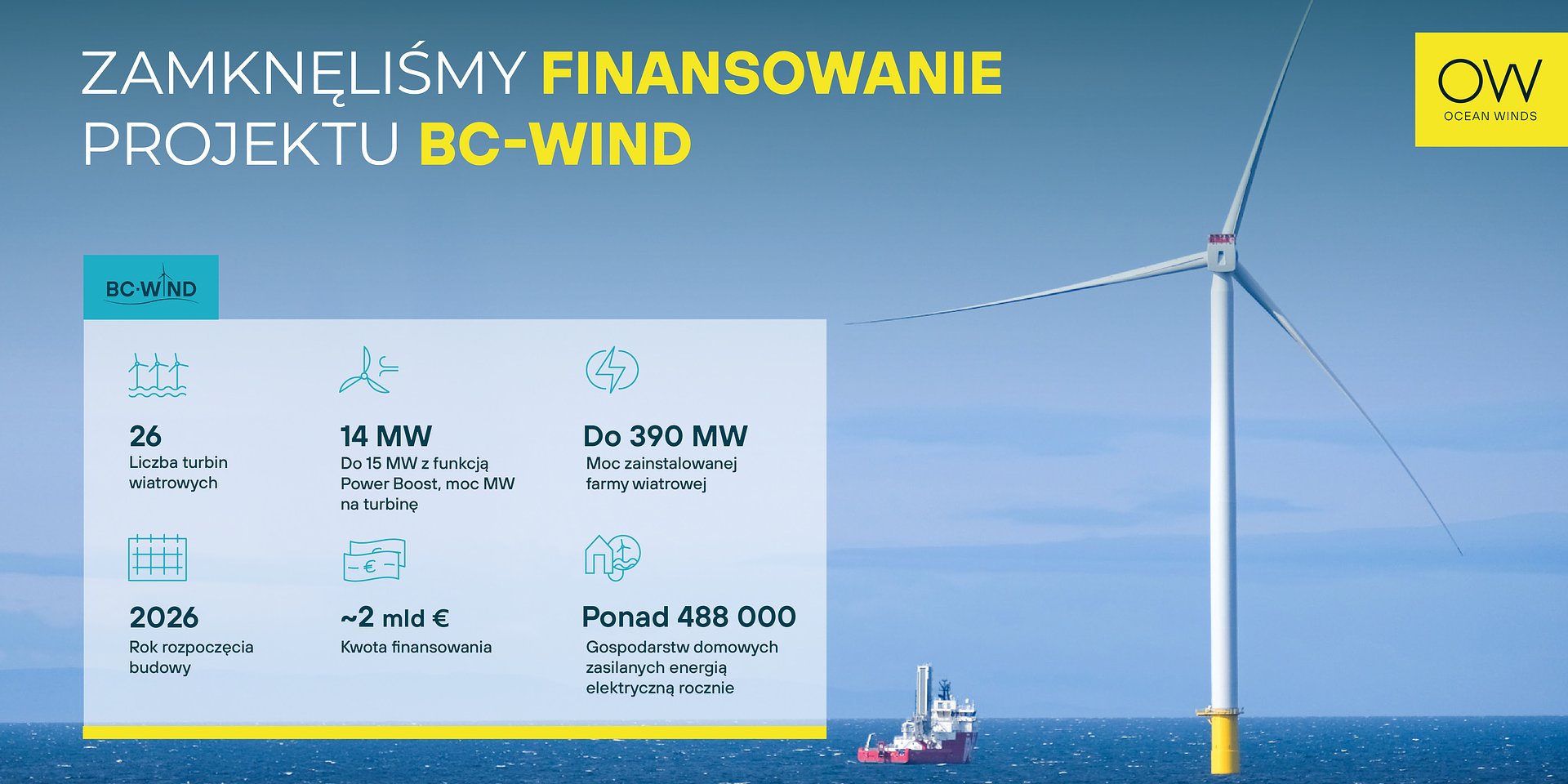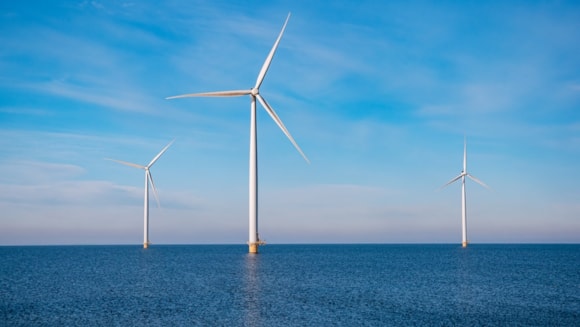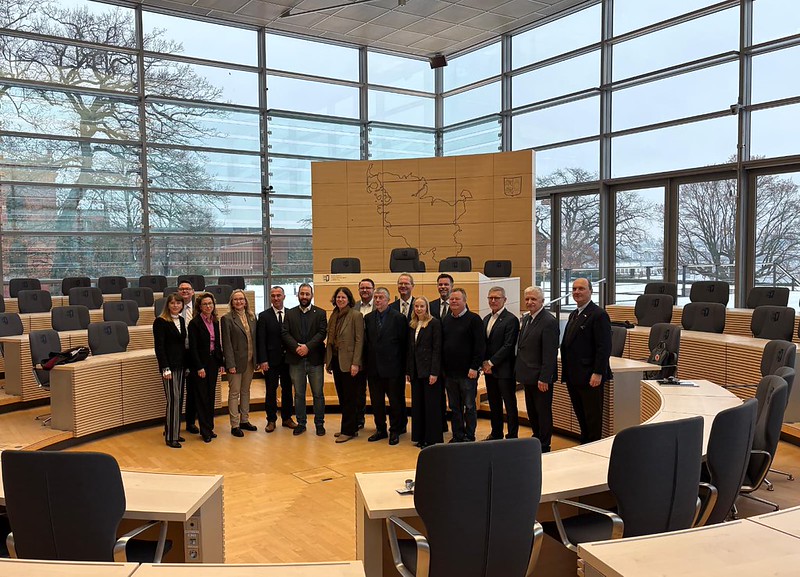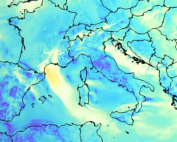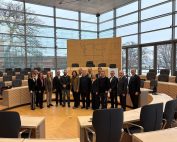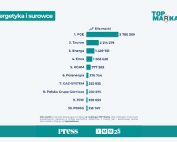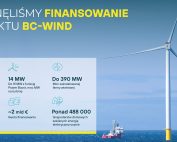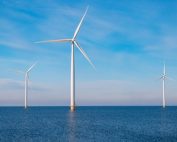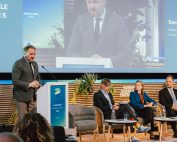Attending the Zukunft Offshore 2025 conference in Berlin last week, I felt immense joy and excitement seeing how European investments in offshore wind energy are rapidly gaining momentum.
Similar emotions accompany us as we follow the dynamic development of offshore wind energy in Poland, where financing is entering a decisive phase. Just a few days ago, we reported the closing of financing for the Bałtyk II and Bałtyk III offshore wind farm projects carried out by Equinor and Polenergia. This transaction, worth over €6 billion, was rightly hailed as the largest project finance deal in the history of Polish energy. It represents a true milestone and an excellent example of financing mechanisms driving this crucial industry for Poland’s future.
It’s worthwhile to take a broader look at the “offshore construction site” in the Polish part of the Baltic Sea. Officially, the construction of four wind farms is underway, with an impressive combined value of approximately PLN 78 billion:
- Orlen and Northland Power – Baltic Power (1.2 GW)
- PGE and Ørsted – Baltica-2 (1.5 GW)
- Polenergia and Equinor – Bałtyk II and III (720 MW each)
Their commissioning is scheduled for 2026, 2027, and 2028 respectively, with estimated costs of PLN 21 billion, PLN 30 billion, and PLN 27 billion. These projects are likely the most capital-intensive in the history of Polish energy.
How have investors secured funding for such massive projects?
The main source of capital for these initiatives is loans obtained through a non-recourse project financing model. In this model, debt repayment depends solely on revenues generated by the wind installations themselves and is not secured by other investor assets. This approach allows for significant capital raising from the market and minimizes financial risks for all participants involved.
Forming financial consortia was a substantial organisational challenge. For Baltic Power and Baltica-2, the consortia included approximately 25 participants each, whereas for Bałtyk II and III there were around 30. Loans cover a significant portion of the project costs. About PLN 18.7 billion was allocated to Baltic Power. For Baltica-2 (PGE’s share), the amount is PLN 11.1 billion, with Ørsted contributing an identical sum from its own resources.
Public financing is also essential, contributing significantly to lowering the cost of capital. It takes the form of low-interest loans from the National Recovery Plan (KPO), distributed by Bank Gospodarstwa Krajowego (BGK) through the Fund for Offshore Wind Energy. The total pool of funds available from this instrument amounts to €4.78 billion (around PLN 20.3 billion). Thanks to this solution, investors can significantly reduce capital costs and limit financial risks. An example is PGE, which received PLN 5.5 billion for the Baltica-2 project, representing 18% of the project’s total budget. Polenergia obtained PLN 750 million to secure its contributions to the Bałtyk II and III wind farm investments.
Green bonds are another crucial funding source, allowing funds to be raised from investors who value sustainability goals, such as pension funds, insurance companies, and investment banks. Last year, Polenergia issued green bonds specifically to finance offshore projects, amounting to PLN 750 million for Bałtyk II and III.
All these financing mechanisms would not be possible if financial investors did not believe in the profitability of these projects. The initial phase of wind farm construction in Poland relies on 25-year Contracts for Difference (CfD). As we’ve repeatedly reported on Baltic Wind, the CfD price set in 2021 at PLN 319.6 per MWh has significantly exceeded PLN 400 per MWh after inflation adjustments and will undoubtedly continue to rise. This increases investor revenues and their ability to service debt, although it simultaneously raises the cost of the support system for the state budget.
Summarising conversations I’ve had in recent months with representatives of all major energy corporations, closing financing is always a tremendous success and a source of pride. Bartosz Fedurek, CEO of PGE Baltica, highlighted this in a detailed interview during the Baltic Sea Offshore Wind Summit in Gdańsk. It’s essential to remember that these projects are not merely financial investments; they are a critical element of Poland’s energy transformation. As Michał Jerzy Kołodziejczyk, CEO of Equinor Poland, emphasised, constructing these wind farms is one of the most significant infrastructure projects in Poland’s recent history.
Next week, we will discuss this, among other topics, during the Programme Council of the Baltic Sea Offshore Wind Summit.
